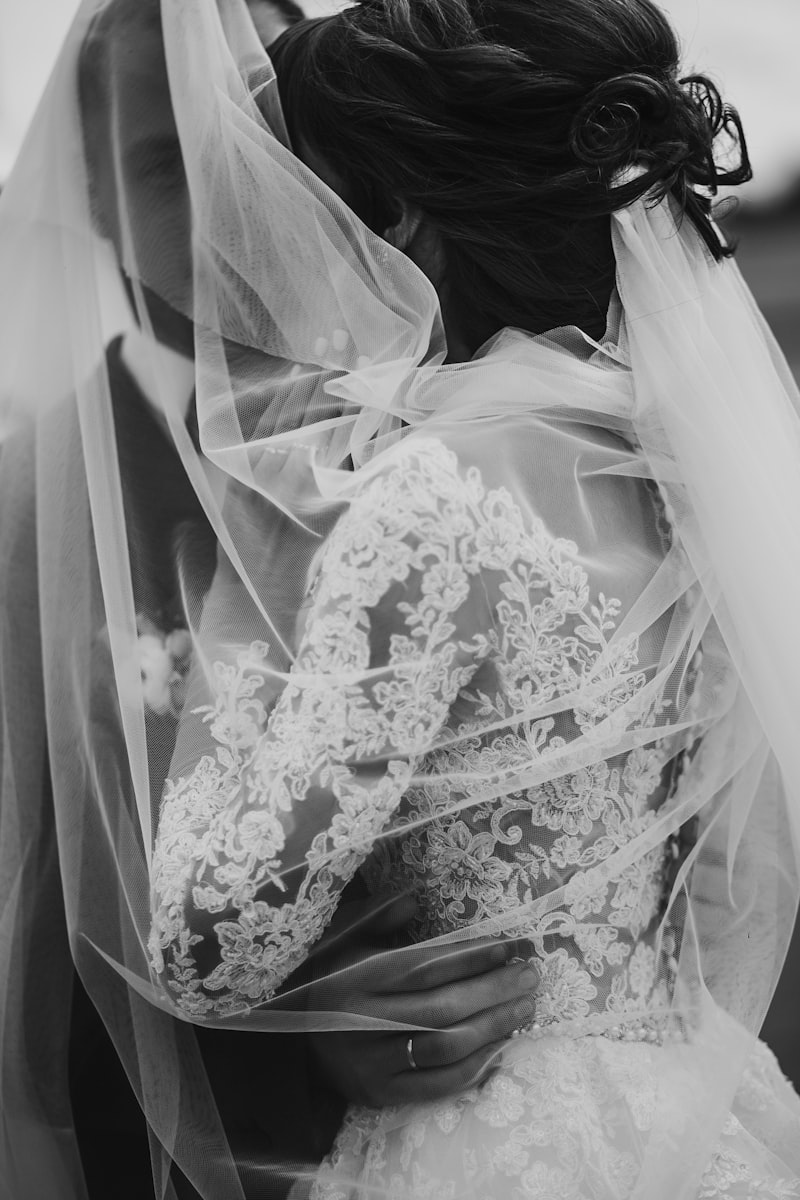Understanding the Differences Between Tulle and Organza for Wedding Dresses
Understanding the Differences Between Tulle and Organza for Wedding Dresses
When it comes to choosing the perfect wedding dress, there are numerous fabric options to consider. Two of the most popular choices are tulle and organza. Both fabrics have unique qualities that can significantly affect the overall look and feel of your wedding gown. In this article, we will explore the differences between tulle and organza, helping brides-to-be make informed decisions for their special day. Furthermore, we'll discuss other related aspects, such as cost, maintenance, and styling choices.
What is Tulle?
Tulle is a lightweight, nylon or silk netting fabric known for its soft texture and structure. It is often used in skirts, veils, and decorative accents. Tulle comes in a variety of colors and styles, from soft pastel shades to bold, vibrant hues. One of its standout features is its ability to hold shape, making it a popular choice for creating voluminous skirts or layers.
Characteristics of Tulle
- Lightweight and airy: Tulle's delicate nature gives it an ethereal look, ideal for whimsical wedding themes.
- Structured yet flexible: This fabric maintains its shape while still being soft enough to flow beautifully.
- Variety of colors: Tulle can easily be dyed, which allows for a wide range of color choices for brides.
What is Organza?
Organza is a thin, plain weave fabric made from silk or synthetic fibers. It is a stiffer material compared to tulle, providing a more formal and polished look. Organza is often used in overlays, accents, and even entire gowns, especially for elegant and sophisticated designs.
Characteristics of Organza
- Stiff and crisp: Organza's structure offers a modern and refined silhouette, perfect for formal weddings.
- Translucent appearance: The sheer quality of organza adds a layer of delicacy to dresses without being too overwhelming.
- Durability: Organza is less prone to tearing or snagging compared to tulle, making it a good option for long-lasting wear.
Comparative Table: Tulle vs. Organza
| Feature | Tulle | Organza |
| Fabric Type | Nylon/Silk | Silk/Synthetic |
| Weight | Lightweight | Stiff |
| Ideal Use | Skirts, Veils | Overlays, Whole Gowns |
| Texture | Soft and Airy | Crisp and Structured |
| Color Variety | Wide Range | Less Variety |
Which One Should You Choose?
The choice between tulle and organza ultimately depends on the vision you have for your wedding dress. Here's a brief guide to help you make the best decision:
- For a whimsical or romantic wedding theme: Tulle might be your best option. Its lightweight and airy nature allows for a dreamlike gown that flows beautifully.
- For a formal or elegant affair: Opt for organza. Its crisp texture and structured appearance are ideal for sophisticated designs.
- Combining the Two: Some bridal gowns feature both fabrics, using tulle for the skirt and organza for overlays or bodices to create a stunning contrast.

Brides often seek images of how these fabrics look in real-world applications. For tulle, imagine a bride wearing a tiered skirt that cascades elegantly, surrounded by delicate flowers. Meanwhile, for organza, envision a bride’s gown featuring crisp layers that define her silhouette while maintaining a timeless elegance.
Cost Considerations
When budgeting for your wedding dress, understanding the cost differences between tulle and organza is essential. Tulle is generally more affordable due to its availability and production methods. Organza, while elegant, may be slightly more expensive, especially if made from high-quality silk. Here’s how the costs stack up:
| Fabric | Average Cost per Yard |
| Tulle | $5 - $15 |
| Organza | $10 - $30 |
Care and Maintenance
Proper care of your wedding dress is crucial for preserving its beauty. Here’s a quick run-down:
- Tulle: Generally, tulle can be cleaned easily with cold water and mild soap. Avoid wringing or twisting, as this could distort its shape.
- Organza: Organza is usually dry clean only, especially if it’s silk. Regular machine washing may shrink or damage the fabric.
Styling Tips for Wedding Dresses
When styling your wedding dress made from tulle or organza, consider the following:
- Accessories: Long, flowing veils complement tulle beautifully, while structured headpieces suit the stiff characteristics of organza.
- Footwear: Platform shoes work well with tulle's layers, while delicate sandals are perfect for organza's crisp, structured vibe.
Conclusion
In conclusion, understanding the differences between tulle and organza is essential for choosing the perfect wedding dress. Both fabrics offer distinct qualities and aesthetics that can enhance your bridal look. Whether you lean towards the delicate, whimsical charm of tulle or the elegant, crisp structures of organza, your choice will ultimately reflect your personal style. Remember to consider factors such as cost, maintenance, and overall vision for your wedding day. Happy dress shopping!
For any bride, knowing these differences will aid in crafting the ideal dress that meets their preferences and wedding theme. Whether you choose tulle for its fairy-tale essence or organza for its stately appearance, your wedding gown will surely make a lasting impression. Best of luck on your bridal journey!
